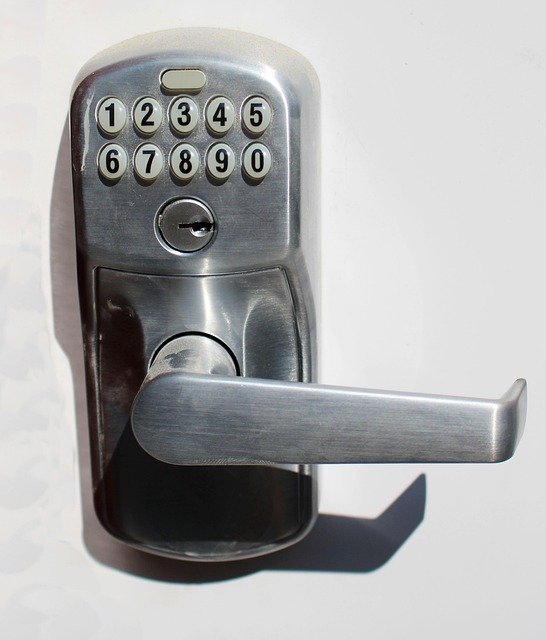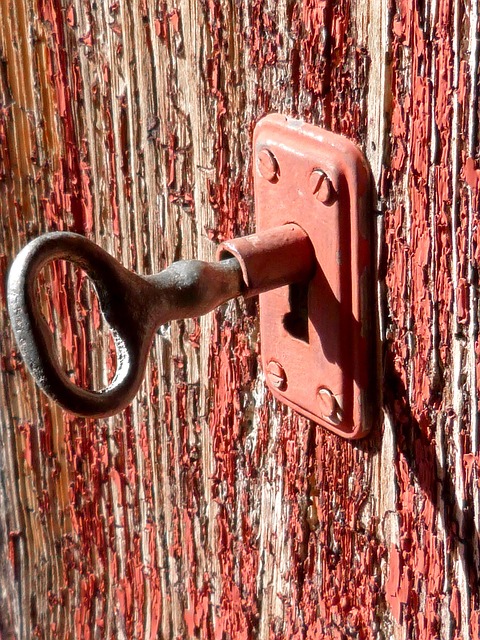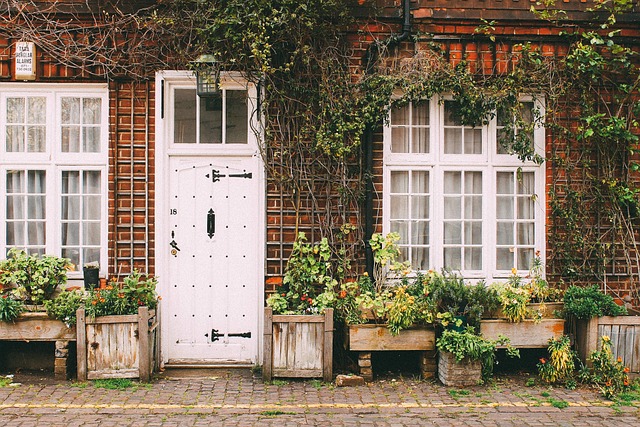Smart access control is transforming home security with advanced technology like biometric scanners, mobile apps, and automated keyless entry, ensuring only authorized individuals can enter a residence. This system offers remote monitoring via smartphone apps, allowing users to check visitor activity, grant/revoke access privileges, automate lock releases, and use personalized codes. A comprehensive residential access control system includes smart locks, door sensors, motion detectors, and a central control panel, enabling instant verification, activity logging, and seamless integration with security cameras for robust safety. Choosing the right smart access control solution requires considering automation, security measures, compatibility with home automation systems, and an intuitive control panel for seamless daily use. Installation involves strategic assessment, reader placement, centralized monitoring, testing, and regular updates for optimal security and management.
In today’s digital era, enhancing home security is paramount. Implementing a comprehensive smart access control system offers a modern approach to safeguard your residence. This article delves into the intricacies of smart access control, guiding you through its understanding, components, benefits, and selection process. From defining key terms like smart access control to integrating solutions seamlessly, we provide a step-by-step guide to help you make informed decisions. Discover how these systems transform traditional security measures into an efficient, secure, and modern home protection strategy.
- Understanding Smart Access Control: A Modern Approach to Home Security
- Components of an Effective Residential Access Control System
- Benefits of Implementing Smart Access Control for Your Home
- Choosing the Right Smart Access Control Solutions: Key Features to Consider
- Integrating Smart Access Control: Step-by-Step Guide for Seamless Setup
Understanding Smart Access Control: A Modern Approach to Home Security

Smart access control is transforming home security, offering a modern and sophisticated approach to protecting your residence. Unlike traditional security systems, it utilizes advanced technology such as biometric scanners, mobile apps, and automated keyless entry to provide comprehensive protection. This innovative system ensures that only authorized individuals can enter your home, enhancing privacy and peace of mind.
By integrating smart access control, homeowners can enjoy a range of benefits. It allows for remote monitoring and control through smartphone applications, enabling you to check who’s at the door, grant or revoke access privileges, and even record visitor activity. This technology also promotes convenience with features like automated lock releases, keyless entry, and personalized access codes, eliminating the need for physical keys or constantly remembering passwords.
Components of an Effective Residential Access Control System

A comprehensive residential access control system is a multifaceted solution designed to enhance security and convenience for homeowners. At its core, it integrates several key components that work in harmony to ensure secure entry and exit while providing advanced monitoring capabilities. These include smart locks, door sensors, motion detectors, and a central control panel connected via a secure network.
Smart access control, powered by cutting-edge technology, offers remote access and management through mobile devices, allowing homeowners to grant or revoke access from anywhere. This real-time connectivity ensures that visitors can be verified instantly, while the system logs all activities for easy tracking. Additionally, integration with security cameras provides a comprehensive view of who is entering and exiting the premises, further bolstering safety measures.
Benefits of Implementing Smart Access Control for Your Home

Implementing smart access control for your home offers a multitude of benefits that enhance security, convenience, and peace of mind. Unlike traditional systems, smart access control leverages advanced technology such as biometric authentication, mobile apps, and automated rules to provide more precise and responsive security measures. With these features, you can say goodbye to forgotten keys or insecure codes, as authorized individuals can gain entry using unique biometric identifiers like fingerprints or facial recognition.
Moreover, smart access control systems allow for granular control over your home’s security. You can program specific access levels for different family members or guests, ensuring that only authorized people can enter certain areas. This level of customization not only boosts safety but also simplifies your daily routine by eliminating the need to manually adjust locks each time someone arrives or departs.
Choosing the Right Smart Access Control Solutions: Key Features to Consider

When selecting smart access control solutions, understanding the unique needs of your residential property is paramount. The right system should offer a blend of advanced technology and user-friendly features for seamless integration into daily routines. Key considerations include automation capabilities that allow for programmed schedules or remote access through mobile apps, ensuring convenience and security.
Additionally, robust security features such as biometric authentication (fingerprint or facial recognition), multi-factor authorization, and encryption protocols are essential for protecting against unauthorized access. Integrations with existing home automation systems and a clear, intuitive control panel enhance the overall user experience, making smart access control an effective investment in residential safety and convenience.
Integrating Smart Access Control: Step-by-Step Guide for Seamless Setup

Integrating Smart Access Control involves a systematic approach for a seamless setup, enhancing security while simplifying management. Start by assessing your property’s needs; identify entry points and determine access levels for residents, guests, and staff. Next, select a smart access control system that aligns with these requirements—wired or wireless options are available, each offering unique advantages.
Configure the system according to manufacturer guidelines, installing readers at strategic locations. Ensure proper communication between readers, control panels, and software for centralized monitoring. Test the system thoroughly before inviting users. This involves simulating various scenarios, verifying authentication methods, and confirming access permissions. Regular updates and maintenance are key to keeping your smart access control system robust and efficient.
Smart access control is not just a futuristic concept but a practical, efficient, and secure way to protect your home. By integrating various components and choosing the right solutions, you can create an impenetrable defense for your residential property. This article has provided an in-depth guide, from understanding the basics to setting up your own system, ensuring you’re equipped with the knowledge to make informed decisions. Embrace the benefits of smart access control and take a step towards enhancing your home’s security today.
